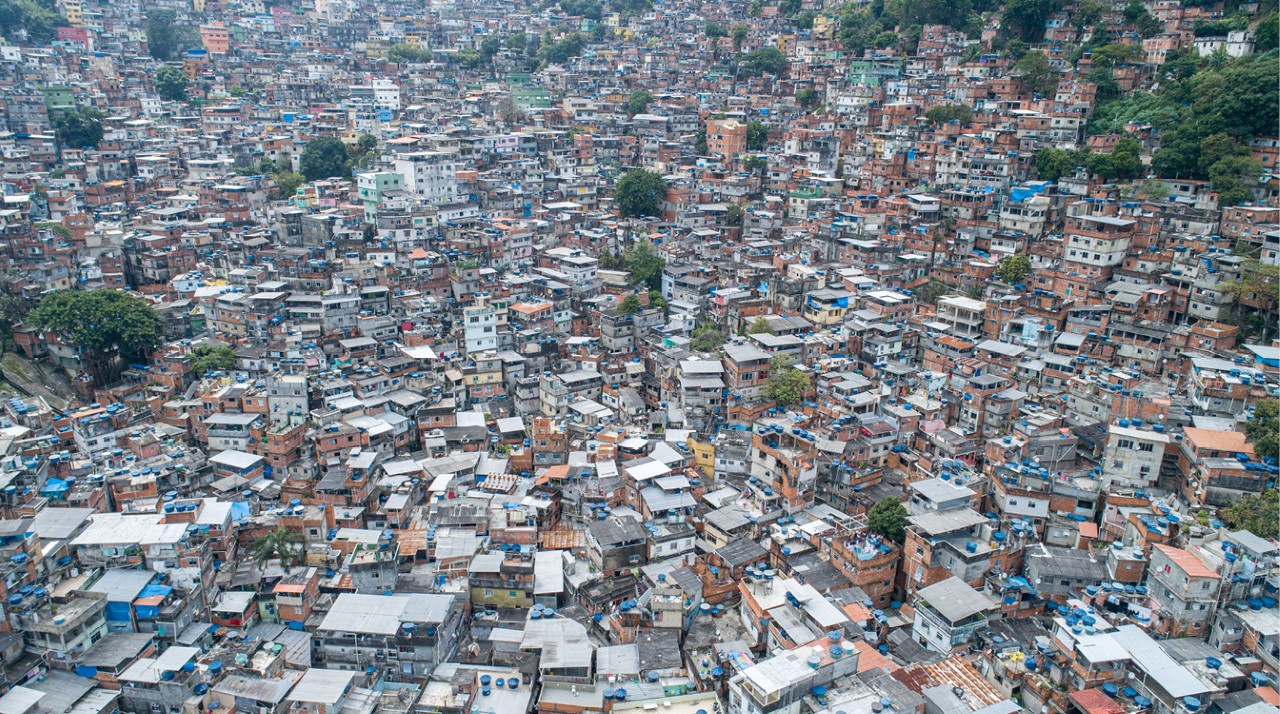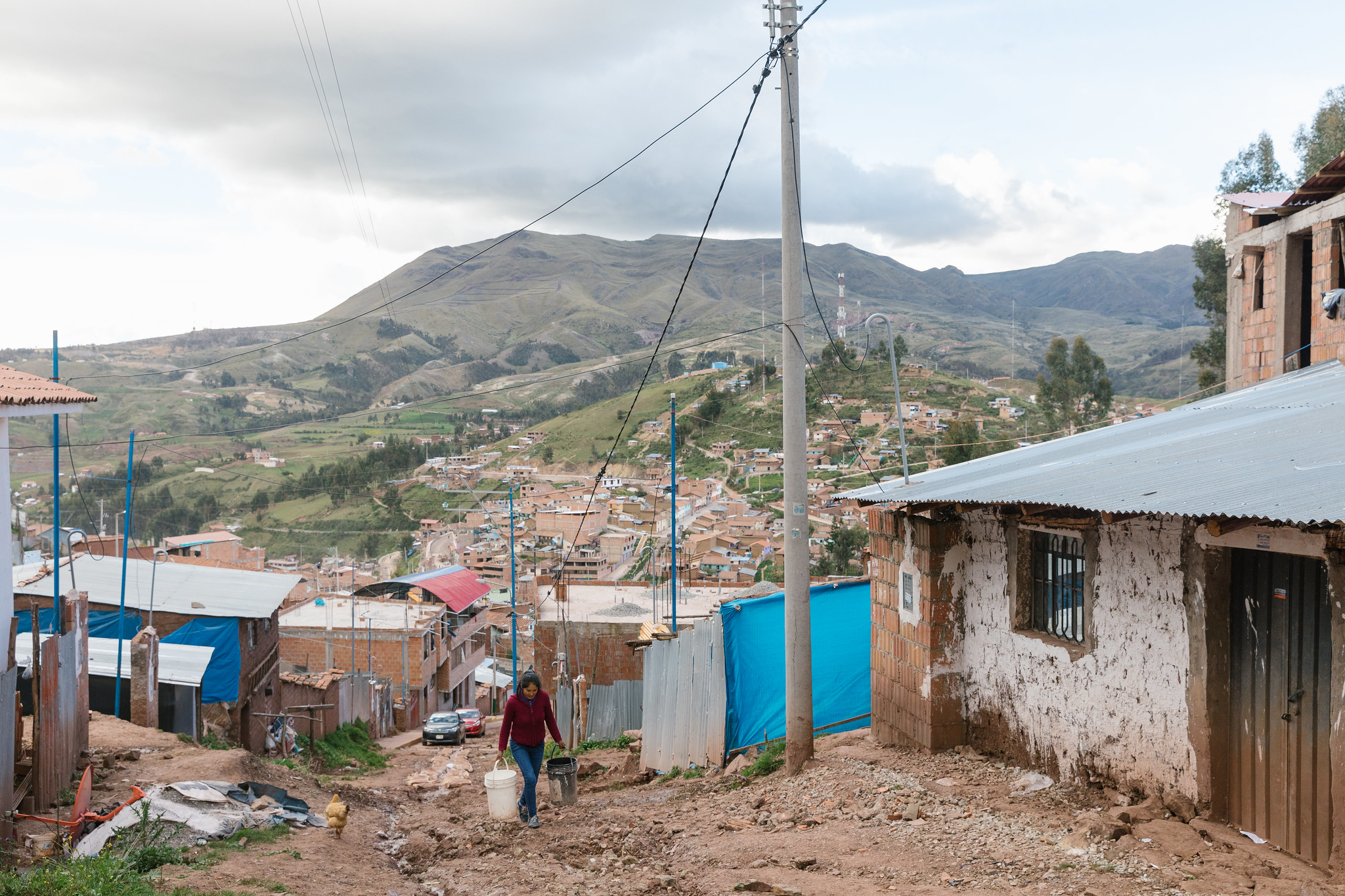Rural life in Latin America and the Caribbean often means facing poverty and inequality, especially when compared to life in towns and cities where most people live. Experts think focusing more on rural areas could help highlight and tackle the problems people there face.
Vicente Pérez, a coffee producer from Venezuela, said, “Many people in our countryside simply no longer have a way to live, without services or incentives comparable to those in the cities, producing less and for less pay, under the threat of more disease and poverty.”
In Mexico, where many people live in rural areas, a study found that eight out of every 10 rural inhabitants lived in poverty, and six in extreme poverty. Experts from organizations like the Economic Commission for Latin America and the Caribbean (ECLAC) and the International Fund for Agricultural Development (IFAD) suggest a new way of thinking about rural life in the region to help reduce inequality and work towards goals like Sustainable Development.
Ramón Padilla, who leads the project, said, “We need a new narrative about rural Latin America that goes beyond the traditional static and dichotomous vision, and that sees rural areas not as backward places, but as territories with great potential for development and connections.”

Rural life in Latin America facing poverty and inequality
For many people living in rural areas, life is tough. They lack things like electricity, clean water, and good schools. Poverty is a big problem. In Peru, about 41 percent of rural people are poor, compared to 24 percent in cities. In Colombia, nearly half of the rural population is poor.
In many rural places, especially in Guatemala, people struggle to afford basic things like food and household goods. Many live in homes made of metal sheets and wood, without proper electricity or running water. Poverty is even higher among indigenous people.
Over the years, many people have left rural areas for cities, looking for better jobs and living conditions. This migration has changed the region’s area, with more people now living in cities than ever before.
The ECLAC-IFAD initiative aims to change how we see rural areas. Instead of thinking of them as backward or separate from urban life, they want to show the variety and potential in rural communities. They believe working with governments and local communities can help find better solutions for rural development.











































